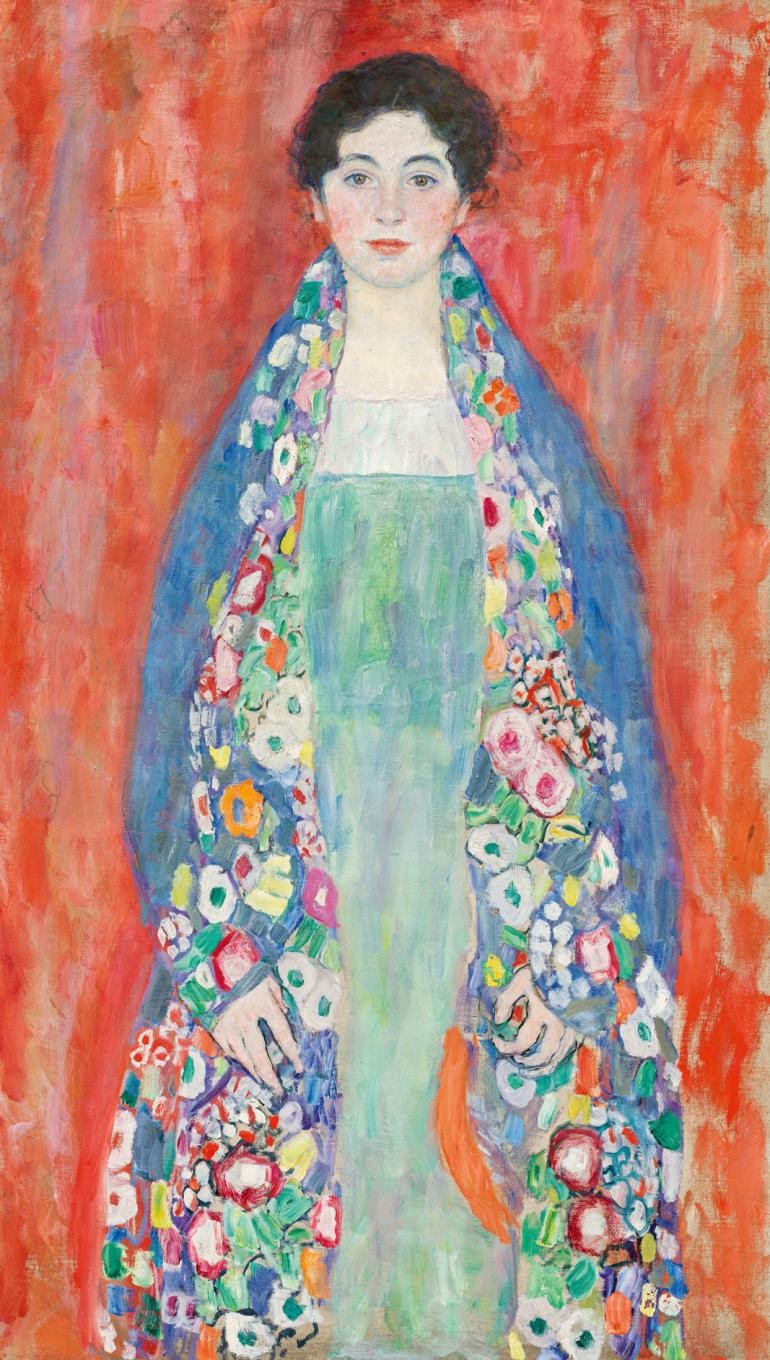After eluding public knowledge for almost 100 years, a Gustav Klimt portrait has resurfaced and is now estimated to fetch $54 million in a special Vienna sale facilitated by auction house im Kinsky on April 24.
That said, it will be displayed during an international tour ahead of the Viennese auction, which will encompass the countries of Switzerland, Germany, Great Britain, and Hong Kong.

The Provenance of Klimt's 'Portrait of Fräulein Lieser'
The piece, dubbed "Portrait of Fräulein Lieser," was reportedly found in a private Austrian collection after decades upon decades of eluding the experts.
According to a public release by the auction house, art historians were only able to inspect this particular Klimt painting through black and white photographed copies, writing, "The rediscovery of this portrait, one of the most beautiful of Klimt's last creative period, is a sensation."
"A painting of such rarity, artistic significance, and value has not been available on the art market in Central Europe for decades," the Kinsky auction house added. "This also applies to Austria, where no work of art of even approximate importance has been available."
The portrait's subject was first identified by authors Wedinger and Natter, both of whom respectively worked on a 2007 and a 2012 catalog of Klimt's works. The sitter was Margarethe Constance Lieser (1899-1965), the daughter of an Austro-Hungarian industrialist named Adolf Lieser.
Additional provenance research suggests that two other members have also been the subject of Klimt's portraiture. This includes Helene Lieser, the eldest of Henriette Amalie Lieser-Landau and Justus Lieser; and Annie Lieser, the couple's youngest daughter.
The Lieser family was reportedly part of the Viennese society's aristocratic class and were known clients of Klimt's.
As per the release, the sitter visited the Austrian painter's studio a total of nine times between April and May 1917 to pose for her portrait.
Klimt's depiction of the Lieser lady through his utilization of vibrantly intense hues and transition toward loose brushstrokes displays the artist's mastery during what is now known as the later period of his career.
On February 6, 1918, Klimt eventually succumbed to a stroke and left the painting unfinished, albeit only in small parts. Following his death, the piece was provided to the Lieser family, as they had commissioned it.
After 1925, the painting's history is essentially muddled by obscurity. The im Kinsky auction house explained that, by the 1960s, it was acquired by the legal predecessor of the consignor and eventually transferred hands to its current owners "through three successive inheritances."